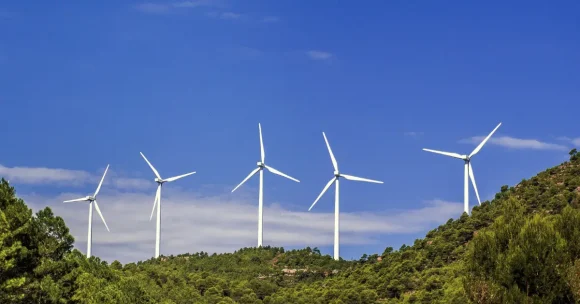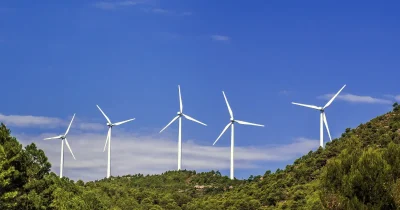New South Wales (NSW) is falling behind in the race toward renewable energy, jeopardizing Australia’s clean energy objectives for 2030. The state’s sluggish pace highlights the challenges and is a critical reminder to shift away from fossil fuels.
A new report by Green Investor Group shows that NSW achieved less than half of its sustainability goals, and the gap continues to widen. To catch up, the state must generate more than 30,000 gigawatt hours of renewable energy to close the gap.
Renewable energy: The 2030 challenge
As reported by The Guardian, NSW had contracted projects to produce 12,911 gigawatt hours (GWh) of renewable energy. These projects, however, only have capacity for over six gigawatts (GW). Therefore, the state must develop an additional 7.5GW in wind and solar farms.
If it doesn’t, it will fail to reach its 2030 goal of generating 33,600GWh of renewable energy. Queensland has a shortfall of 2.6 GW, while South Australia needs an additional 2.445 GW to break even.
The Green Investor Group says an energy transition “is essential to decarbonization” since coal-fired electricity generation “is retiring faster than expected.” More than 60% of its capacity will be withdrawn within the next six years, according to the Australian Energy Market Operator’s Integrated System Plan.
NSW’s renewable energy roadmap
According to the Clean Energy Council, NSW’s target is to halve emissions by 2030 and net zero emissions by 2050. The roadmap also includes $8 billion of new private investment over the next decade.
In addition, the state has committed to almost 200 large-scale renewable energy projects totaling almost 35,400 MW in the NSW planning system. This represents almost $50 billion in investments.
The report also highlights how energy reliability was a significant roadblock in 2022, due to a “cascade of unplanned outages at coal-fired power stations caused energy market chaos, culminating in the first-ever suspension of the National Electricity Market.”
Slow progress
Progress isn’t happening fast enough. For example, it’s taking up to 705 days just to secure approval for solar farms. As per The Guardian, this trend has been noted over the past five years.
In addition, the state’s renewable energy zones (REZs) are meant to streamline developments. But it has also faced backlogs concerning investment and adjusted targets for energy curtailment.
The Clean Energy Investor Group says NSW’s roadmap now “provides a focused strategy that aims to modernize the electricity system and direct investment in clean energy and transmission projects at speed.”
“The energy targets for NSW demonstrate a clear need to secure the timely delivery of clean energy and transmission projects to reduce risk, cost and capacity issues.”
Power plant shutdown
Another challenge is the planned shutdown of Australia’s largest power station, the Eraring coal-fired plant, in 2025. In December 2023, Origin Energy recommended it stay open to increase power supply.
At the time, the NSW government said it was “engaging Origin Energy on its plans for Eraring power station,” but it was “not considering taking over Eraring power station.”
According to the Institute of Energy Economics and Financial Analysis (IEEFA), there is no reason to keep the power plant open beyond 2025. That said, “the influx of new renewable generation will mean coal power stations will run much less.”
“Essentially, propping up Eraring is like robbing Peter to pay Paul, with other coal power stations left vulnerable,” lead analyst for Australian Electricity at IEEFA, Johanna Bowyer, said.
NOW READ: Fueling the future: Japan’s $20 billion clean hydrogen strategy
About the author
Cheryl has contributed to various international publications, with a fervor for data and technology. She explores the intersection of emerging tech trends with logistics, focusing on how digital innovations are reshaping industries on a global scale. When she's not dissecting the latest developments in AI-driven innovation and digital solutions, Cheryl can be found gaming, kickboxing, or navigating the novel niches of consumer gadgetry.











